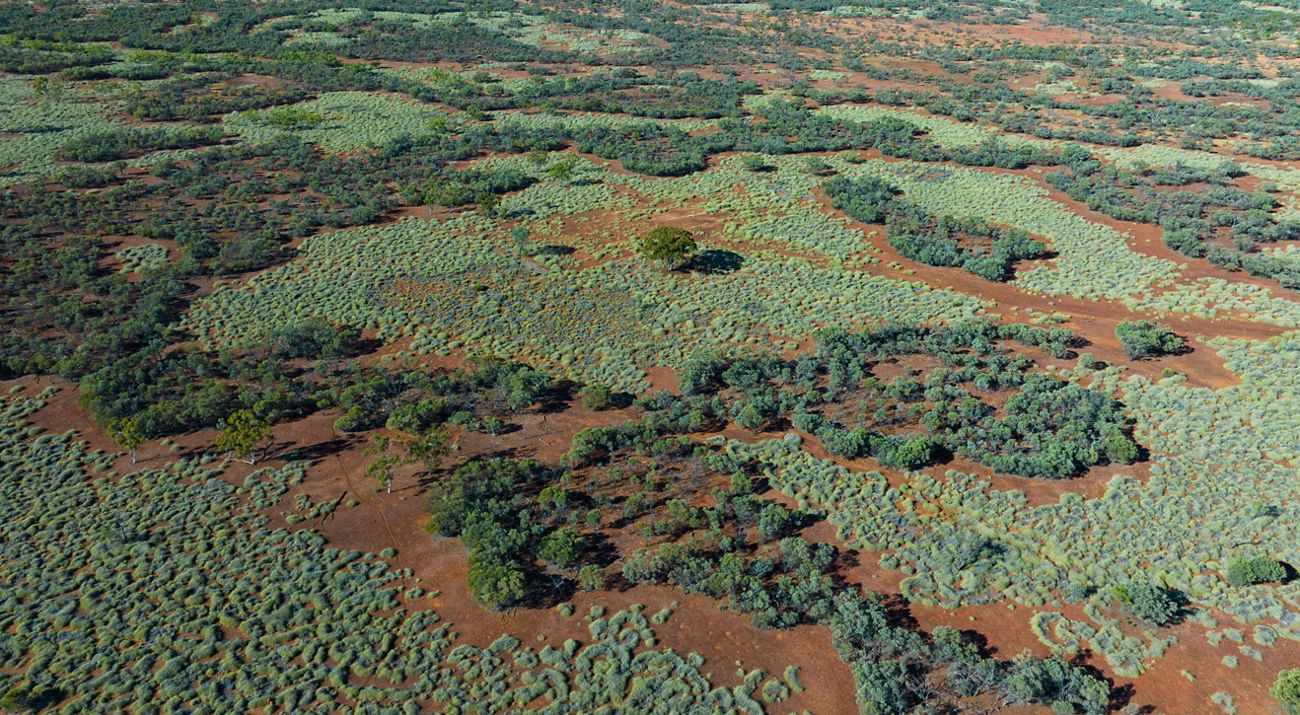Unlocking Philanthropy to Protect Australia's Nature
By Dr James Fitzsimons, Senior Advisor, Global Protection Strategies, The Nature Conservancy

Australia has committed to protecting 30% of its land and 30% of its seas by 2030 - a bold and necessary target in the face of accelerating biodiversity loss. But with only 22% of our land currently protected, we must secure an additional 60 million hectares in less than five years. The scale of this challenge demands not just ambition, but innovation.
One of the most powerful tools we have is land acquisition – buying land from willing sellers to permanently protect high conservation value areas. It’s a strategy that has long played a role in expanding Australia’s National Reserve System, and it’s now being revitalised through a new wave of philanthropy–government partnerships.
In 2024, a single $21 million philanthropic gift enabled the Queensland Government to purchase Vergemont Station, to enable the creation of a 300,000 ha national park protecting more ecosystems than any other park in the state. It includes habitat for the critically endangered Night Parrot and the entire global range of the Opalton Grasswren. This landmark deal was made possible because Queensland had a dedicated $262.5 million land acquisition fund. Philanthropy followed government leadership.
This model is gaining momentum. Over the past few years, The Nature Conservancy has helped broker co-investments from the Wyss Foundation, Patagonia’s Holdfast Collective, and Haley Mellin's Art into Acres initiative through Re:wild, enabling the protection of hundreds of thousands of hectares across Queensland, New South Wales, and South Australia. These deals are not just about hectares, they’re about safeguarding some of Australia’s most threatened ecosystems and species.
But at the national level, the response has been modest. A $25 million federal allocation in 2023 to ‘supercharge’ 30x30 efforts was less than one-tenth of Queensland’s commitment, and by mid-2025, much of it remained unspent. A new $250 million Australian Bushland Program was announced in March, but without clear mechanisms or allocations, it risks falling short of its potential.
To meet our national 30x30 target, we need a step change in ambition and we must create enabling conditions. Science and policy experts have recommended a $5 billion national land acquisition fund, as outlined in the collaboratively produced Protecting Australia’s Future - Pathways to Protecting 30 Percent of Land by 2030 report.
This approach is designed to leverage philanthropic investment and secure high conservation value properties. This would build on the legacy of the National Reserve System Program, which between 1996 and 2013 helped protect some of Australia’s most endangered ecosystems through matched funding.
But, land acquisition alone won’t get us there. We must also support Indigenous Protected Areas, strengthen funding and support for conservation covenants on private land, and upgrade the protection of important areas of public land. But for many of Australia’s most threatened habitats, purchasing land remains the only viable path to permanent protection.
The lesson is clear: when governments lead with dedicated funding, philanthropy follows. Australia has the opportunity to show the world how public–private–philanthropic partnerships can deliver large-scale conservation outcomes. But time is short, and ambition must be matched by investment.
At The Nature Conservancy, we stand ready to work with governments, donors, and communities to protect the places that matter most. Together, we can make 30x30 a reality.
You can read the full paper in Conservation Science and Practice here.